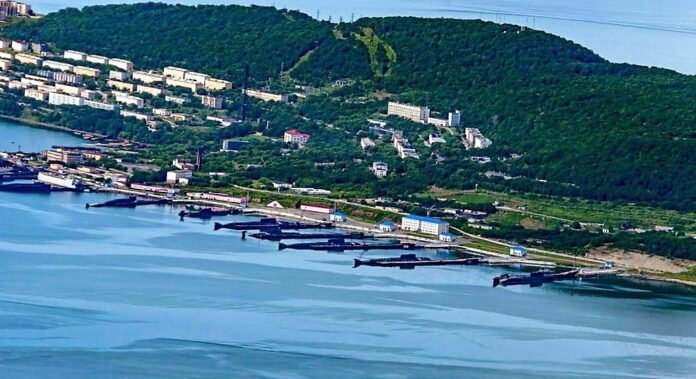On Friday, Russia’s Pacific Fleet was put on high alert for snap drills that tested the capability of Russia’s armed forces to respond to aggression. The drills included missile launches and a show of force involving nuclear-capable strategic bombers and other warplanes. This article examines the reasons for the high alert, the scenario for the drills, and the involvement of China.
Reasons for High Alert
The drills come amid tensions with the West over the fighting in Ukraine, where the Russian military has concentrated the bulk of its forces on the front lines. Nonetheless, Russia has continued to conduct regular drills across the country to train its forces and demonstrate their readiness. This high alert and snap drills of Russia’s Pacific fleet demonstrate the country’s willingness to showcase its military capabilities amid these tensions.
The Scenario for the Drills
The scenario for Friday’s manoeuvres envisages a response to an adversary’s attempt to make a landing on Sakhalin Island and the southern Kuril Islands. Japan asserts territorial rights to the Kuril Islands, which it calls the Northern Territories. The Soviet Union took the Kuril Islands in the final days of the Second World War, and the dispute has kept the countries from signing a peace treaty formally ending their hostilities. In recent years, Russia has built up its military presence on the islands, deploying advanced fighter jets, anti-ship missiles, and air defence systems there.
China’s Involvement
The Pacific fleet drills started days before a planned trip to Moscow by Chinese defence minister General Li Shangfu. A three-day visit to Moscow by Chinese President Xi Jinping last month demonstrated the two nations’ partnership in the face of western efforts to isolate Russia over Ukraine. Moscow and Beijing have accused Washington of trying to isolate them and to hold back their development as they challenge the US for regional and global leadership. Russian President Vladimir Putin and Mr Xi said they would increase contacts between their militaries and stage more joint sea and air patrols and drills, but there was no hint that China would help Russia with weapons, as the US and other Western allies feared.
Conclusion
The high alert and snap drills of Russia’s Pacific fleet demonstrate the country’s commitment to responding to aggression and maintaining military readiness. However, the involvement of China in joint drills and military cooperation with Russia could further escalate geopolitical tensions in the region. It remains to be seen how these developments will affect the ongoing disputes and peace negotiations. As always, the situation is complex and multifaceted, and any analysis must take into account the burstiness and perplexity of the information available.











